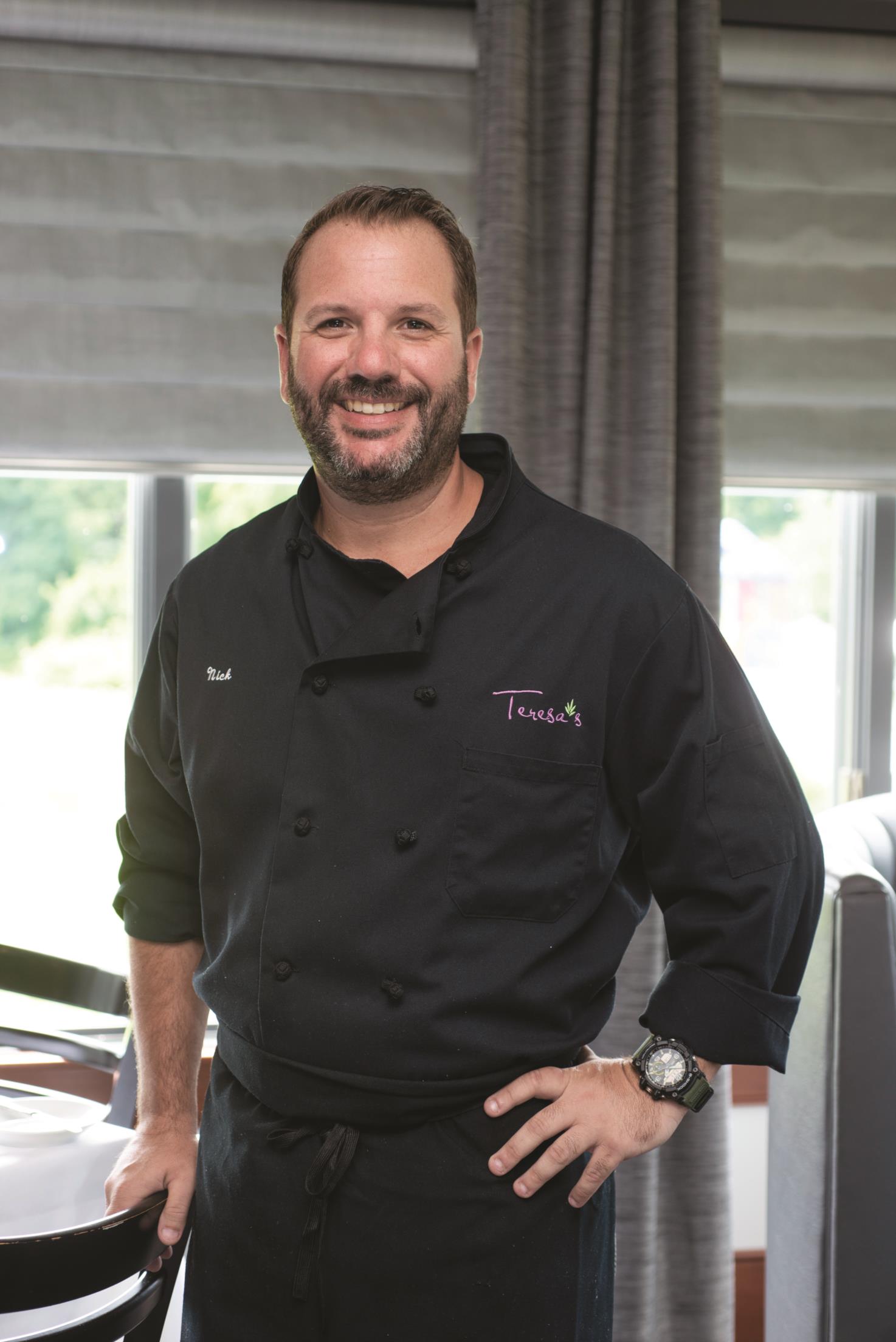
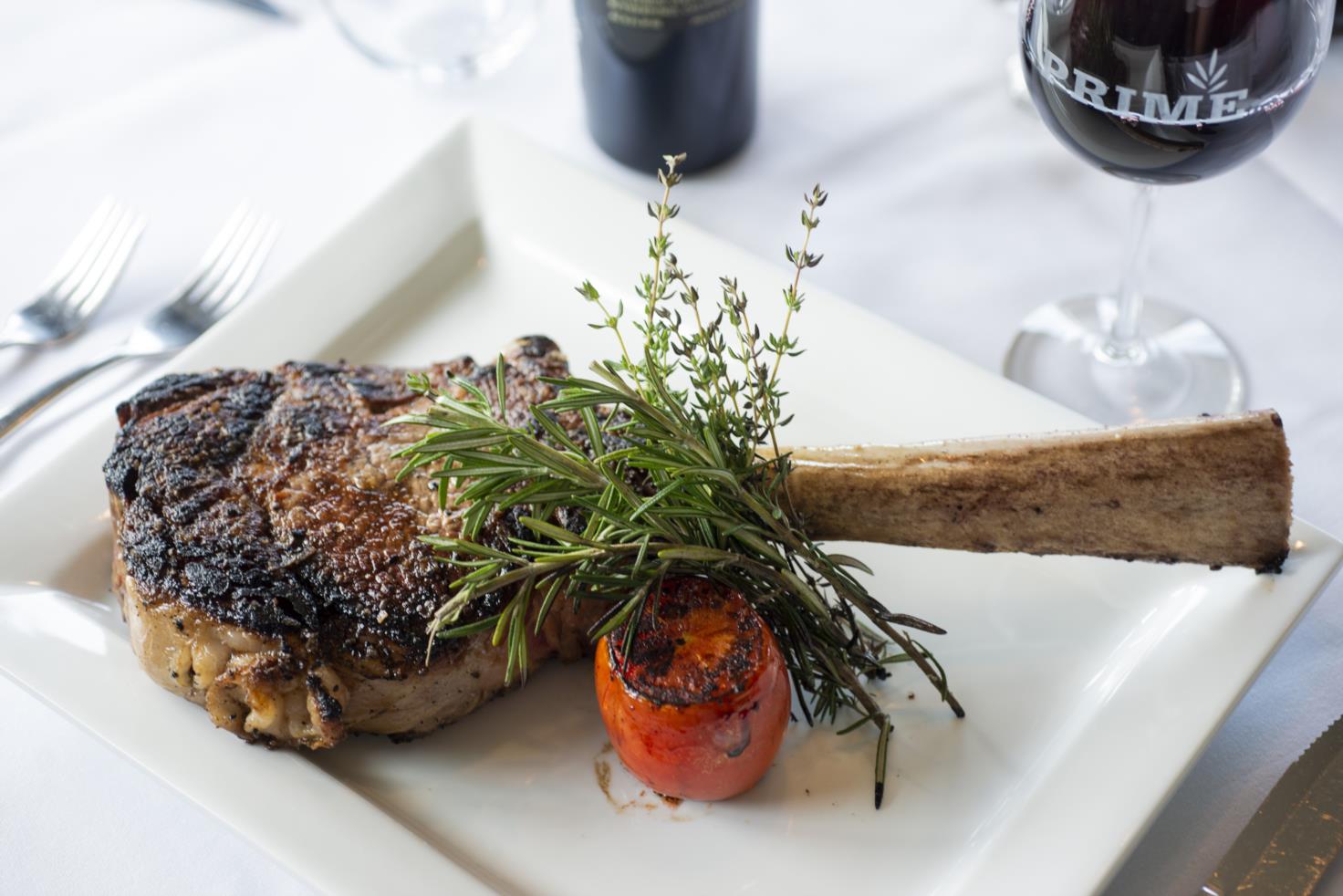
40-ounce Tomahawk Ribeye “Fiorentina Style”
By Executive Chef Nick Yebba Jr., Teresa’s Prime, North Reading Ingredients 40 OZ. Tomahawk ribeye or Porterhouse steak 1 bunch fresh thyme 1 bunch fresh rosemary 4 TBSP. Extra-virgin olive oil ⊲ Maldon sea salt and coarse black pepper ⊲ Butcher’s twine Directions 1. Preheat grill on medium-high heat. Season both sides generously with salt and pepper. 2. Tie the rosemary and thyme together with butcher’s twine to form an herb brush. Use the herbs to brush the steak with extra virgin olive oil. 3. Place the steak on the hot grill, cooking about 10 minutes on each side. Serve medium-rare to rare. 4. Remove steak when it is done and let rest for 5 minutes before slicing and serving teresaseatery.com/prime“Those tiny gas grills don’t work,” O’Neil says. “They won’t get hot enough.” Plus, hardwood briquettes add flavor and allow you to try one of Ledger’s coolest tricks—cooking steak directly on the coals. For the skirt steak lunch special at Ledger, Gursha uses a blow dryer to stoke the flames, getting the coals in his custom wood-fired grill blazing hot, and then drops the meat right on top. “You’re basically suffocating the flame, so it doesn’t flare up,” Gursha says, noting this technique is really best for a cut that you plan to serve very rare. He sears the meat on both sides, and takes it out and bastes it with melted butter—brushed from a small cast-iron skillet sitting right on the grill—and then drops it back in. The resulting cut of meat is gorgeously caramelized on the outside and tender and rare on the inside. Be it charcoal or gas, high heat is critical to any searing situation, says Nick Yebba, Jr., executive chef at Teresa’s Prime in North Reading, where they sell up to 1,000 pounds of meat a week. At his restaurant, the broiler runs at a whopping 1,200 degrees. Steaks start on a special searing plate to seal in all the juices, and then are finished in the broiler. Home cooks may not have—or honestly even want—the ability to cook at 1,200 degrees (you need to drink a lot of water, Yebba says), but you do need to give your grill a chance to warm up. For charcoal, that means waiting until all the coals are gray. For gas, that means turning on the burner a good 15 or 20 minutes before you want to cook, Yebba says, noting that too often, someone will turn on the grill, grab the meat, and toss it on right away.
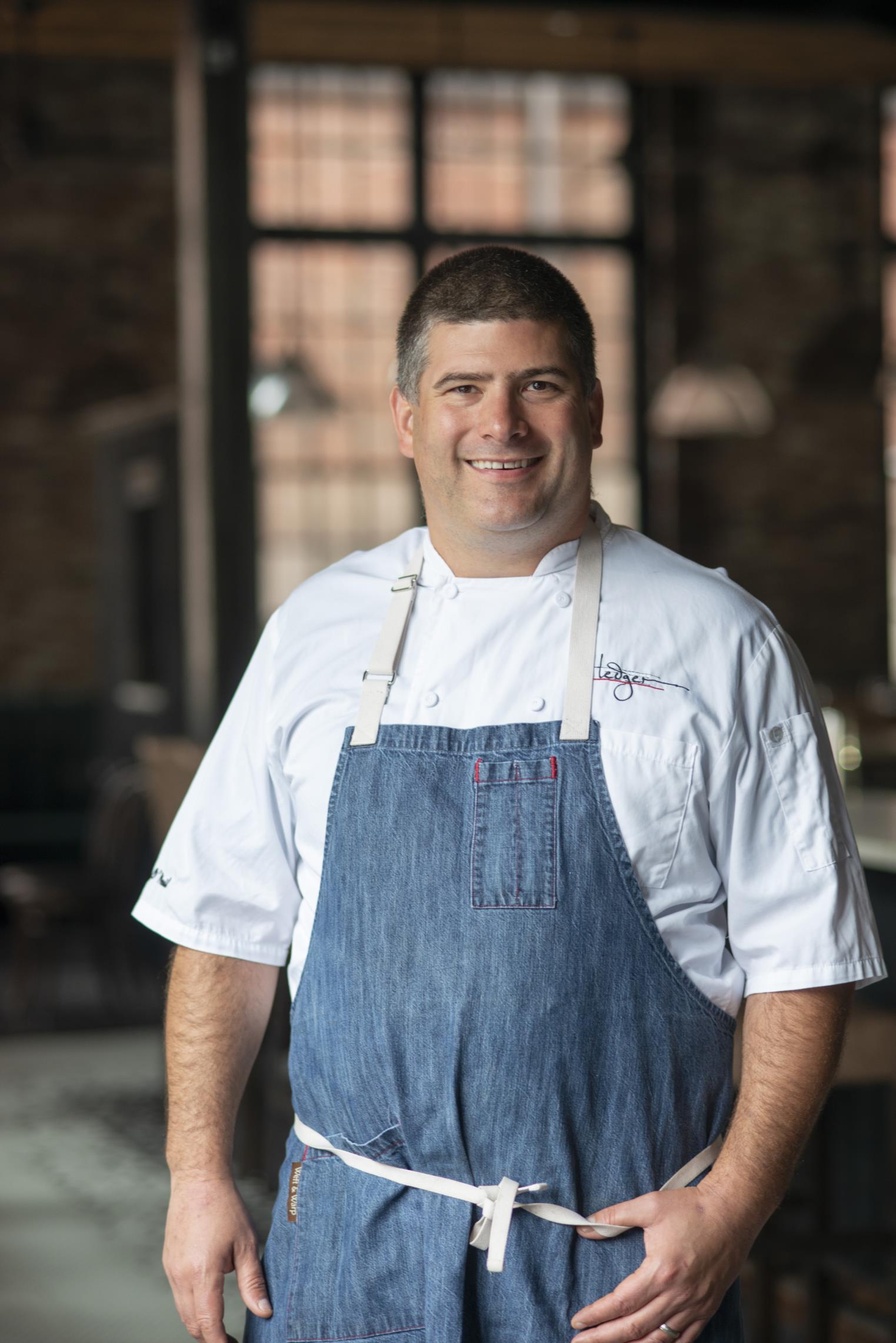
Wood-Grilled First Light Farm Carrots
serves 2 By Executive Chef Daniel Gursha, Ledger Restaurant & Bar, Salem Ingredients 1 Bunch Farm carrots (about 8-10 small carrots) ⊲ Grapeseed oil 2 TBSP. Morning Wood maple syrup 2 TBSP. Banyuls vinegar (or a high-quality sherry vinegar) 1 TSP. Urfa chile ¼ CUP Cottage cheese 1 TSP. Chopped chervil 3 Sprigs Picked chervil 1 TSP. Chopped tarragon 1 TSP. Chopped chives 1 TSP. Lemon zest 3 TBSP. Toasted pecans ⊲ Salt to taste ⊲ Pepper to taste Equipment ⊲ Oven ⊲ Charcoal grill with combination of charcoal and hardwood ⊲ Tongs ⊲ 3 mixing bowls ⊲ 1 baking tray ⊲ Your favorite decorative plate Directions 1. Preheat your oven to 350 degrees F. 2. Light the charcoal grill with the intention of creating high heat. (Note: You can bake the carrots ahead, then char on the grill later.) 3. Clean the carrots. Cut the tops off, and with a clean sponge, scrub off all the dirt while leaving the carrot skins intact. Cut the carrots in half lengthwise. 4. In a mixing bowl, season the carrots with grapeseed oil, salt, and pepper. 5. Place the carrots on a baking tray and cook in the oven for about 7 minutes or until they begin to become soft. (Poke them with a paring knife to judge doneness; there should be a slight resistance). Remove from the oven and allow to cool. In another mixing bowl, season the cottage cheese with all the chopped herbs and lemon zest, and then set aside. 6. Over high heat, char your carrots on your grill until they have some color and are warm in the center. Don’t overcook, as they are already cooked. You are just adding the smoke and color. Take them off the grill and toss them with the Banyuls vinegar, maple syrup, and urfa chile. 7. Smear the cottage cheese on your favorite plate. Place the carrots in random order, and top with pecans and picked chervil. ledgersalem.comGrilling Tips
Daniel Gursha, executive chef at Ledger in Salem, offers these suggestions for tailgate success. 1. Get a quality thermometer. 2. Have all your prep work ready to go. If you have to turn away, you’re probably going to burn something. 3. Learn how to feel and control the fire. Use your vents and cover. 4. Keep a spray bottle with water to prevent flare-ups. 5. Talk to your local butcher so you can have a better understanding of how to cook different cuts of meat. 6. Gas is easier to control, but wood and charcoal make flavor. 7. Tie some herbs together with kitchen twine to make a brush and baste your meat. 8. Dice up some garlic and herbs with the juices on your cutting board. 9. Purchase quality meat and vegetables. 10. Use local farms, and get to know the farmers.“When you add the meat, it lowers the temperature, so you’ll never get a proper sear,” Yebba explains. That’s not the only reason your meat isn’t nicely browned—you might be moving it around too much, says Zimei from Chopps. “What I see with younger cooks is a lot of over-turning,” he says. “They move it too much and don’t let the steak caramelize. You want the sugars to caramelize so you get that nice crispy exterior and tender interior.” High heat for the sear is important, but so is monitoring the heat once the steak is on, says Zimei. He recommends starting the meat on the hottest part of the grill, and then moving it to a lower-temperature section to finish cooking. While all the chefs agreed that the lid should be down at the start, Zimei suggests leaving it open toward the end, to make sure nothing gets overdone. “It’s always better to undercook than overcook,” he says.
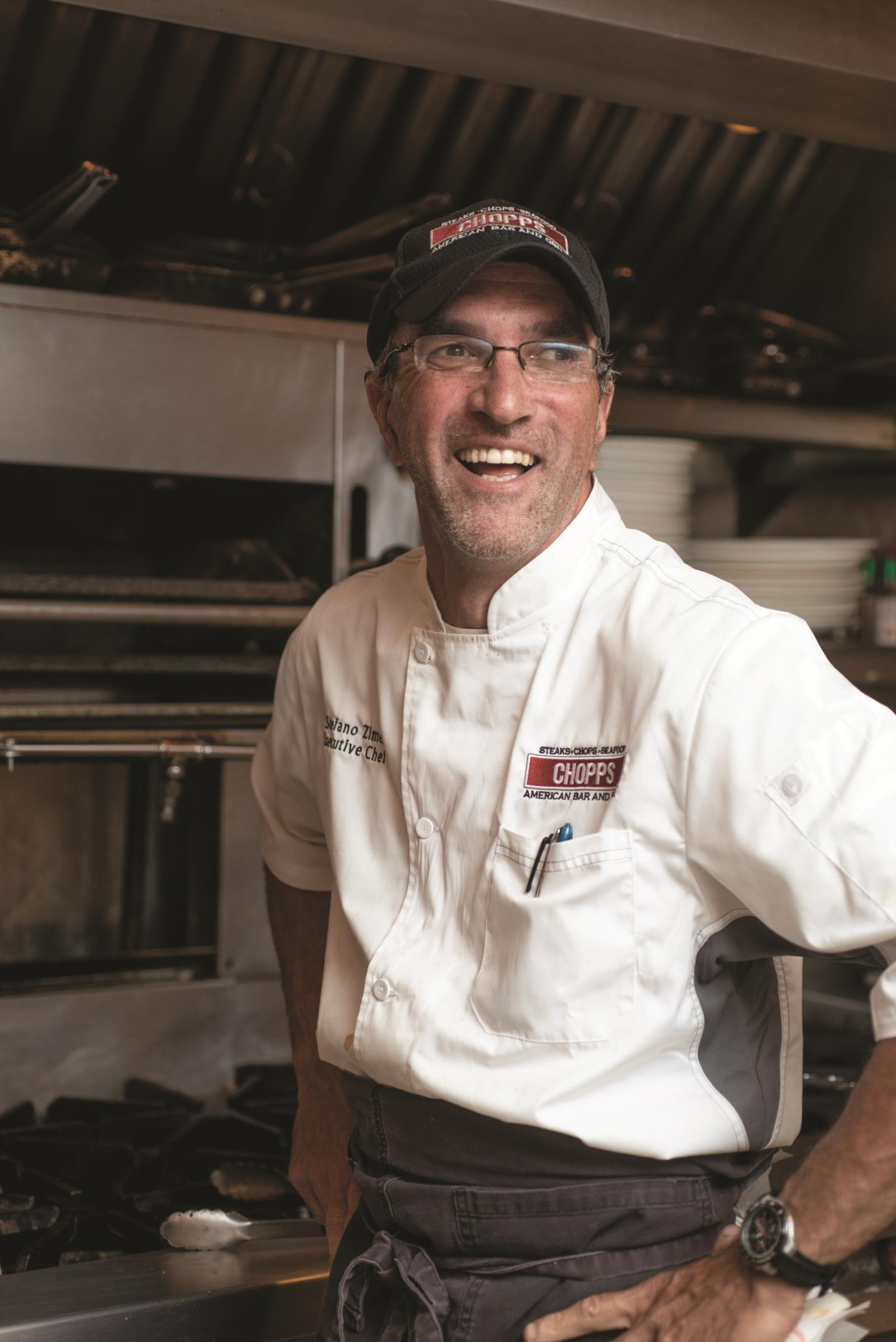
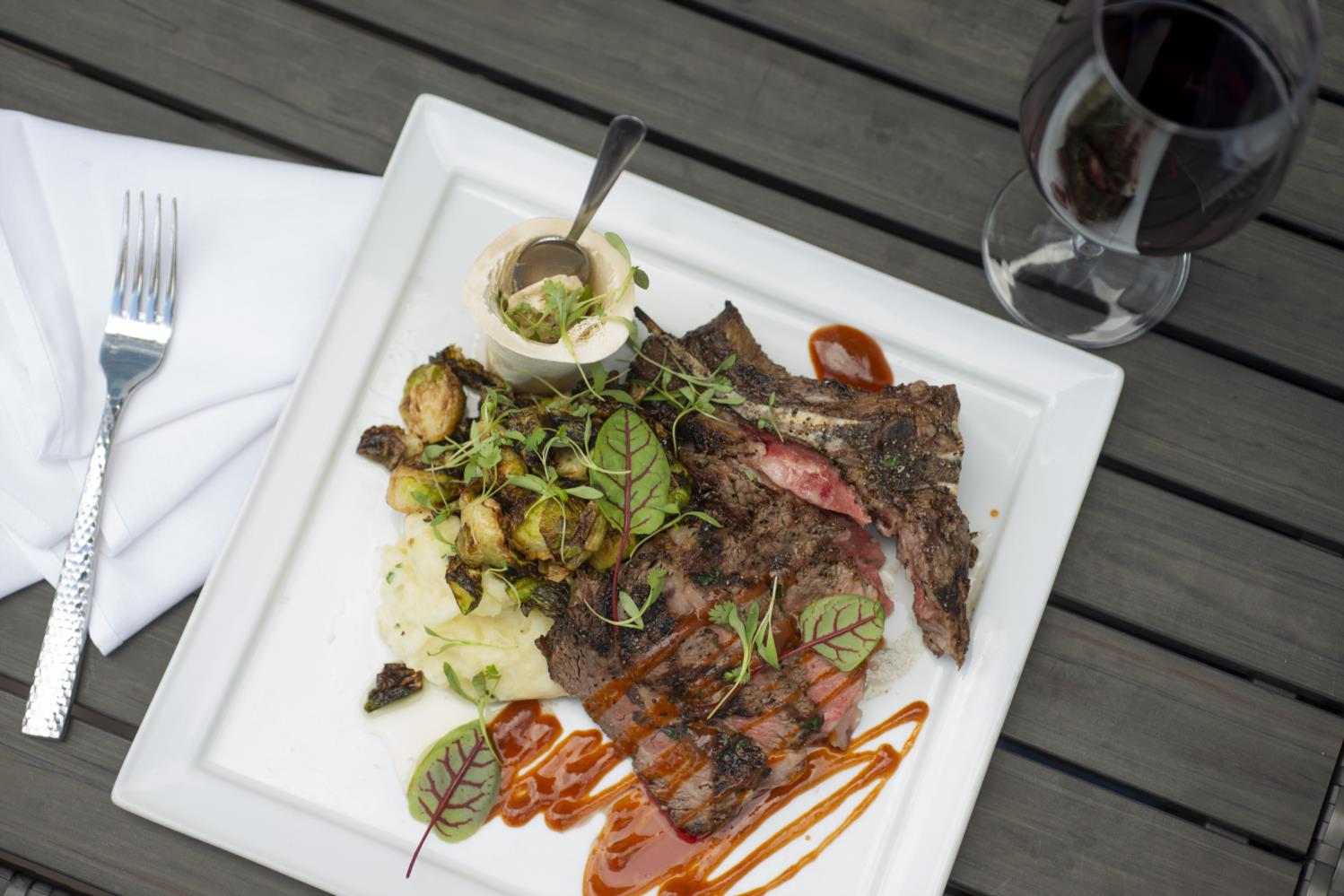
BBQ Spice Rub
By Executive Chef Steve Zimei, Chopps American Bar and Grill, Burlington This blend works really well with steak, poultry, or pork. Zimei especially likes to use it at home on skirt steak or pork tenderloin. Mix up a big batch, store in a mason jar, and be ready to grill anytime. Ingredients 2 tsp. Sweet paprika 1 tsp. Chile powder 1 tsp. Garlic powder 1 tsp. Onion powder 1 tsp. Brown sugar 1/4 tsp. Ground cumin 1/4 tsp. Ground coriander 1 tsp. Salt 1/4 tsp. Ground black pepper Directions 1. Mix together all ingredients, then coat meat liberally and grill as you wish. choppsamericanbarandgrill.com“Once you’ve overcooked there is no way of going back.” That is also a critical reason to do all your prep ahead of time—plus you don’t want to stress out once you start cooking. This isn’t the time to start chopping romaine, says Yebba. “You don’t want to be stuck like it’s a job,” he adds. “You want to be able to kick back with a cocktail and a snack.” Perhaps even bring along something like chili or pulled pork that just needs to be heated up. “I always make chili or something people can start out with—whether it’s a quesadilla or salsa,” Chopps’ Zimei says. That way you don’t have a crowd of hungry sports fans lurking while you cook the meat. And when the meat is done, don’t turn your back on the grill, says Yebba. Toss some fruit on for an interesting side dish, or grab a hunk of pizza dough to make a dessert pizza—perhaps topped with marshmallows and chocolate, for a giant s’more-style sweet. “I’ll grill anything,” Yebba says. “The beauty of grilling is there is something for everyone.”
